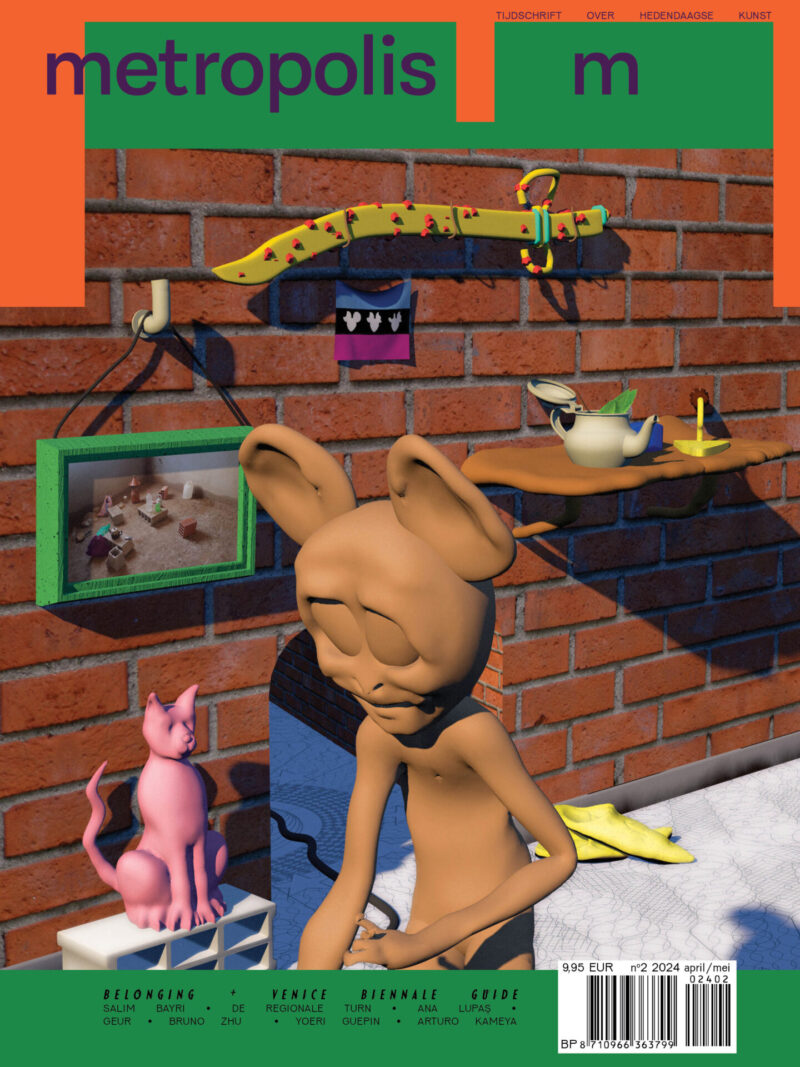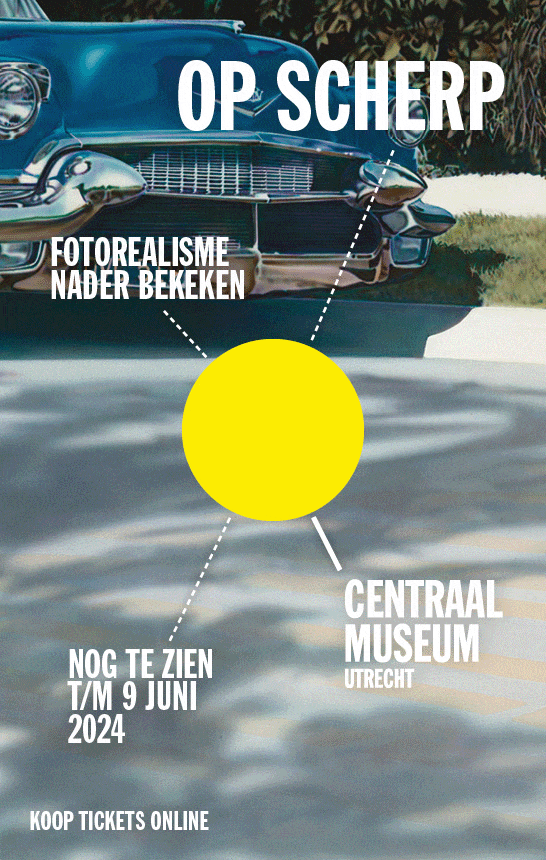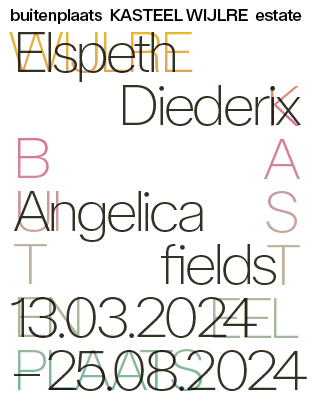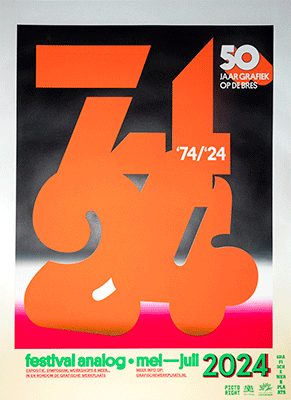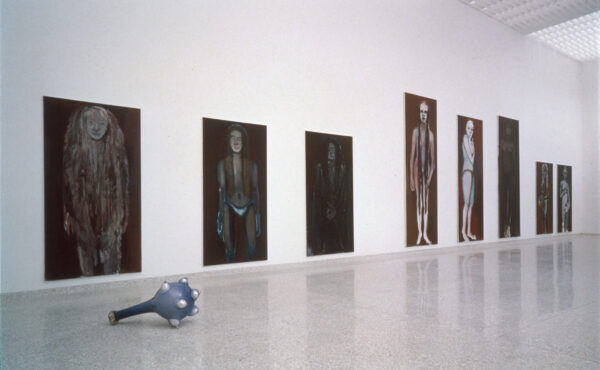2 UNLIMITED – the artistic life/lives of Amsterdam
From their current location, LELY in Amsterdam Nieuw-West, De Appel explores several artistic communities that now regard Amsterdam as their base in 2 UNLIMITED.
The first thing I notice when I park my bike in front of broedplaats LELY, the place where De Appel is hosting their new project 2 UNLIMITED, is the smell of fresh fries. The second, is that I see many familiar faces that I know from completely different contexts. I will come back to these faces later, but let me introduce 2 UNLIMITED first: De Appel’s recently opened exhibition explores artistic life in contemporary Amsterdam. 2 UNLIMITED is not only an exhibition, but also incorporates a public programme and a publication, that contains artistic contributions rather than explanatory texts. The project, curated by Rachael Rakes and Niels van Tomme, works with makers and thinkers from different backgrounds and disciplines, whose practices are all rooted in Amsterdam in one way or the other. They all work in and with specific communities that are inseparable from the city and its specific geographic and socio-economical contexts. Although such contexts can seem unsupportive of artistic production at times, 2 UNLIMITED’s aim is not to critique, but rather to think in an affirmative manner about the possibilities that different artistic communities as well as communalities and meetings between them -as is happening in 2 UNLIMITED– can engender.
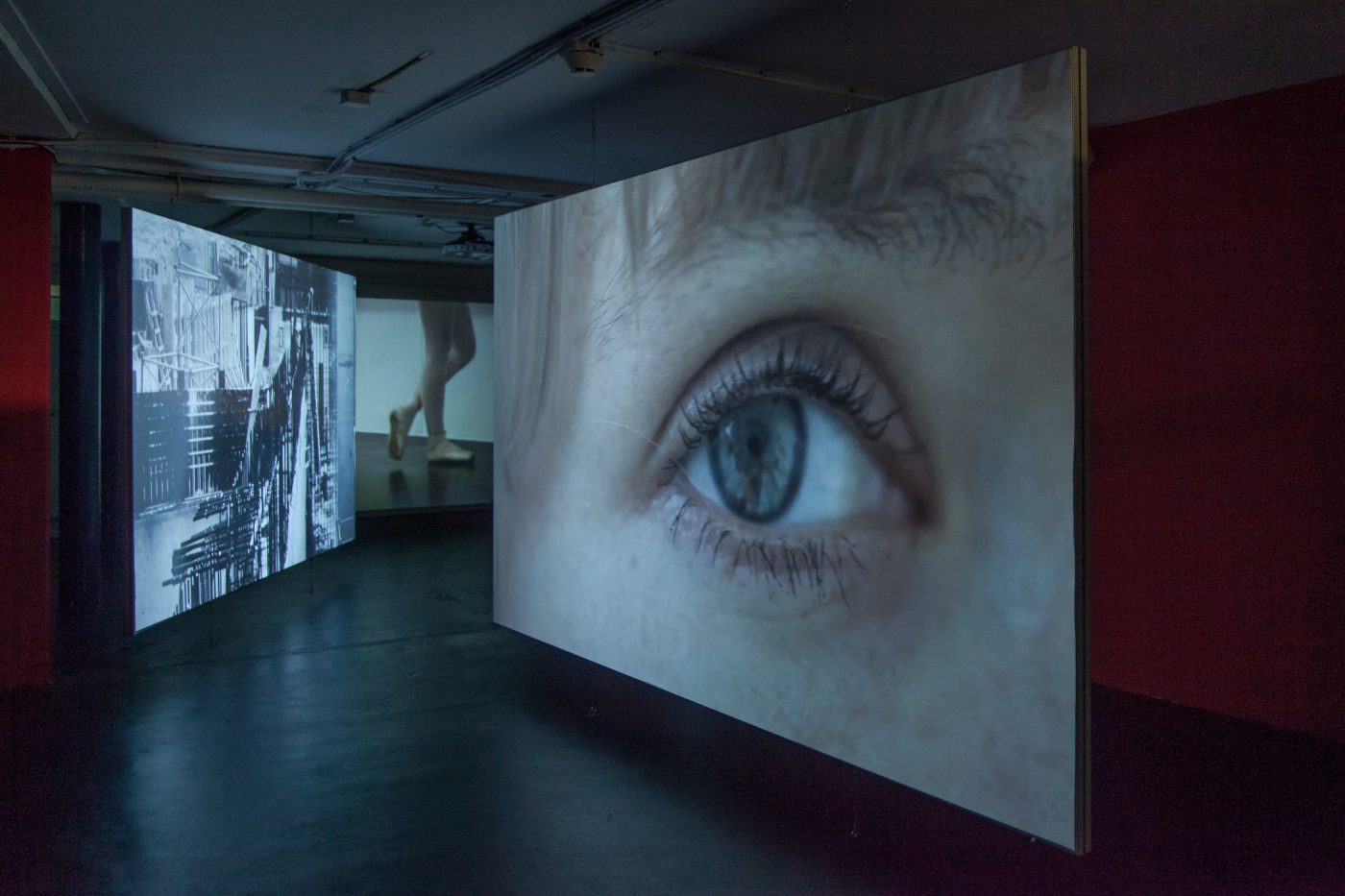
Aimée Zito Lema, De Appel 2018. Photo by Konstantin Guz
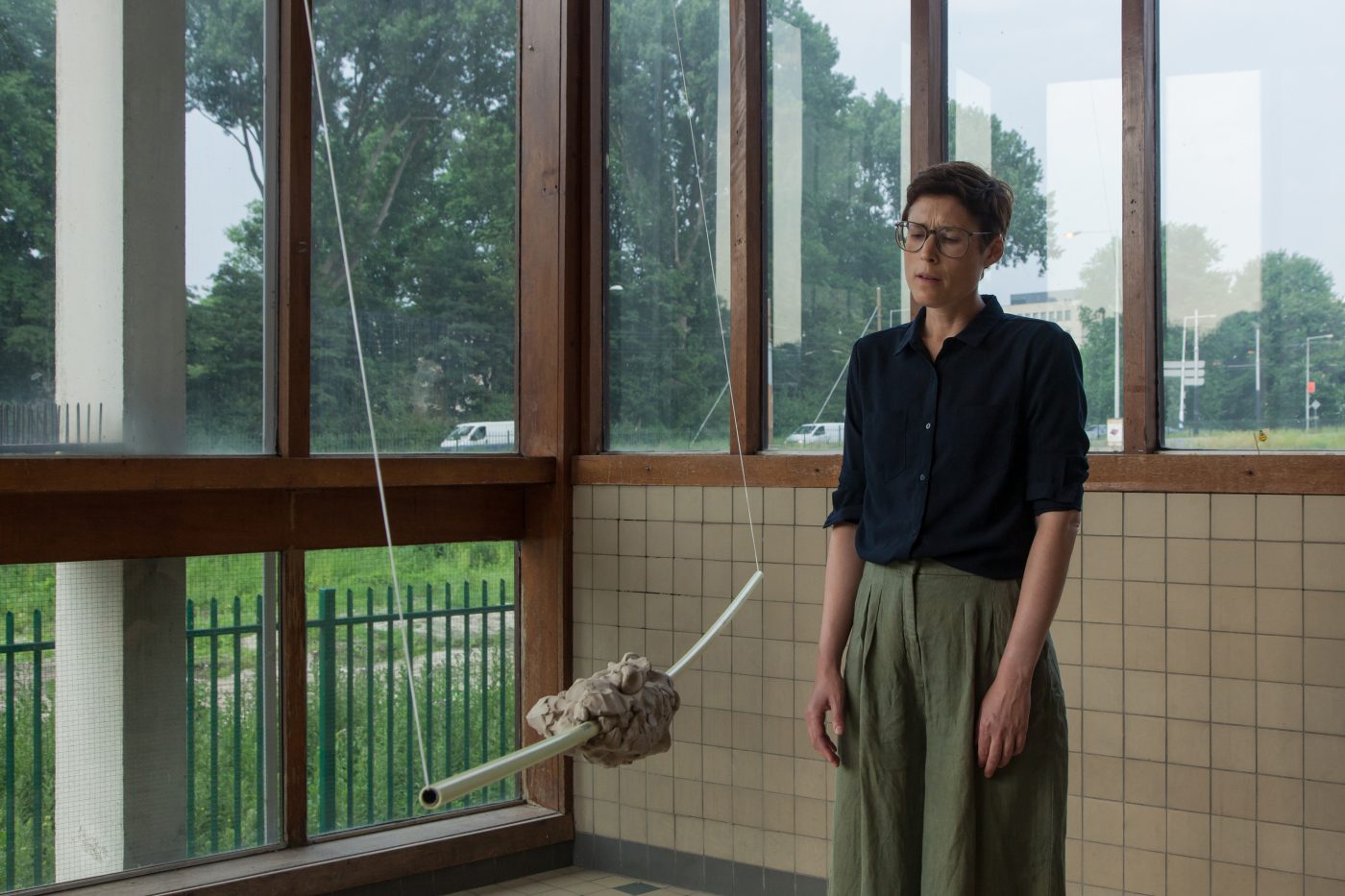
Cecilia Bengtsson, De Appel 2018. Photo by Konstantin Guz
Niels van Tomme tells me: “2 UNLIMITED gathers artists and thinkers who are currently calling Amsterdam their home and who critically engage with new notions of community. It is perhaps more like a speculative snapshot than an exhibition proper, in the sense of being an authoritative format that produces a specific statement about its topic. In a way, the project doesn’t really have a topic, but gathers artists and thinkers around a shared sensibility. We believe that communities should always be in the making, and that they should never be fixed or determined. They mostly originate in parallel to one another and are potential counter-movements to hegemonic history and developments. They have a different speed and a different urgency than the things that are officially unfolding in the city.”
During the opening night, it immediately struck me that all the works are indeed so different and seem to have not so much in common; there is no real topic to decipher. The only thing that binds the works is the knowledge that their makers are based in Amsterdam. In certain works, for example in the three-channel video installation of Aimée Zito Lema in which we alternately see film material of protests in Amsterdam and dancers performing choreographies based on this material, a second –and visual- connection with the city and its collective practices is made. In other works, like Cecilia Bengtsson’s Pendulum, a hanging bar with a lump of wet clay that is put into motion by different singers, the specific connection with Amsterdam is less visually present (but perhaps inherently there). As a way of loosely connecting these works that are all rooted in Amsterdam, but nevertheless from seemingly different worlds, Amelia Groom wrote wall-texts that beautifully touch upon notions important to the works, while resisting to completely explain them, hereby creating fragmentary stories of artistic production in Amsterdam, that are nevertheless connected in subtle ways.
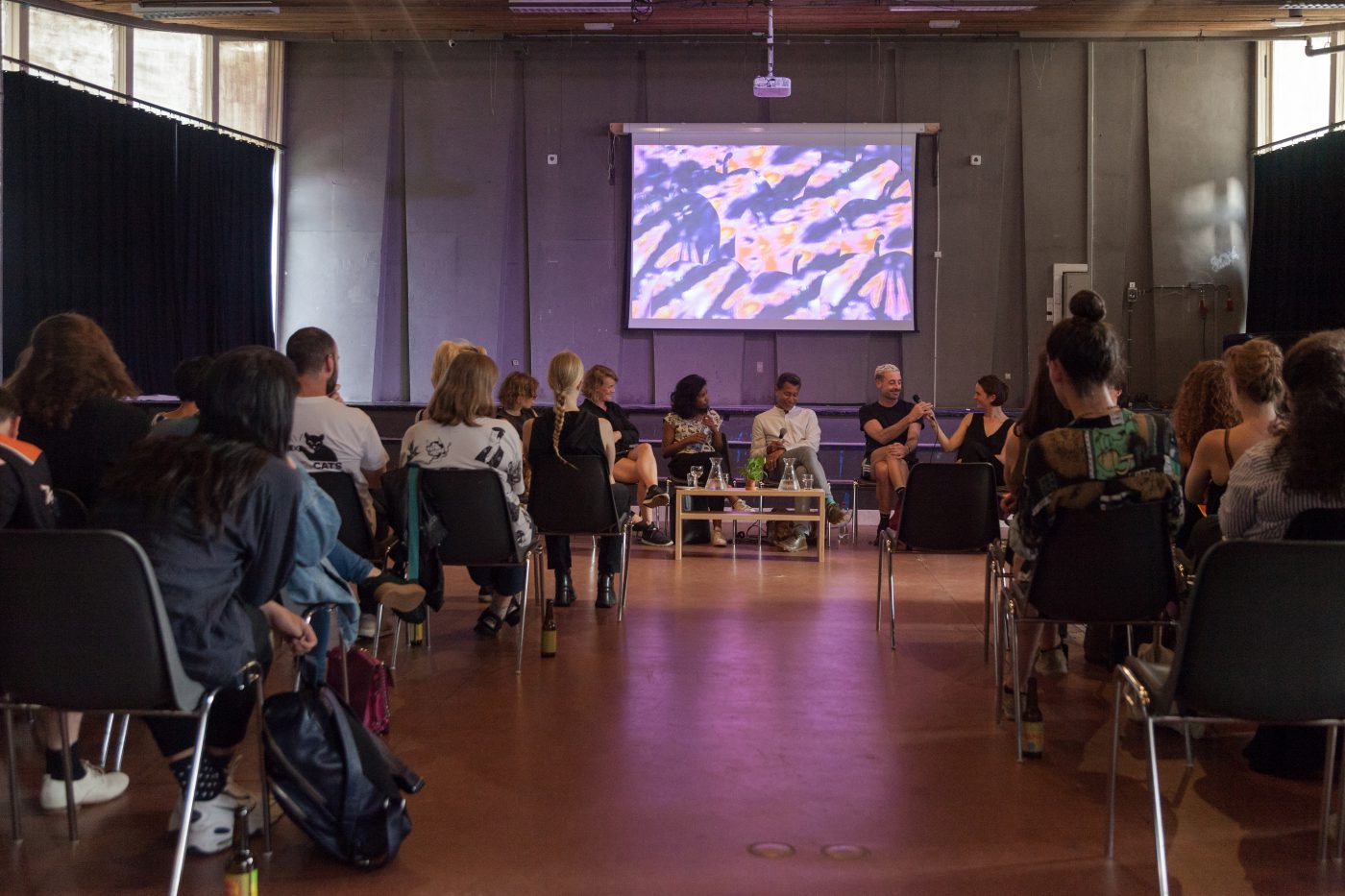
Opening 2 UNLIMITED, panel discussion. Photo by Konstantin Guz
Besides the visual works, the evening also included a panel discussion between representatives of different artistic communities in Amsterdam, respectively Jacuzzi, Fanfare, Imara Limon (Amsterdam museum, The Black Archives and Delano Mac Andrew (CKB Zuidoost). It was in this discussion that ideas on communities and their specific relationship to Amsterdam were more clearly vocalized and it definitely created an opportunity to see the (different) works in a new light, much more connected to different peoples and coming from different artistic milieus that move parallel in the city, even though these peoples and milieus remain often invisible in the exhibited works. I much more start to understand how the notion of communities can be adopted as a way to think affirmatively about the city and beyond its problems with gentrification, inequality, mass tourism and ultra-development.
Niels van Tomme: “Communities have a different speed and a different urgency than the things that are officially unfolding in the city.”
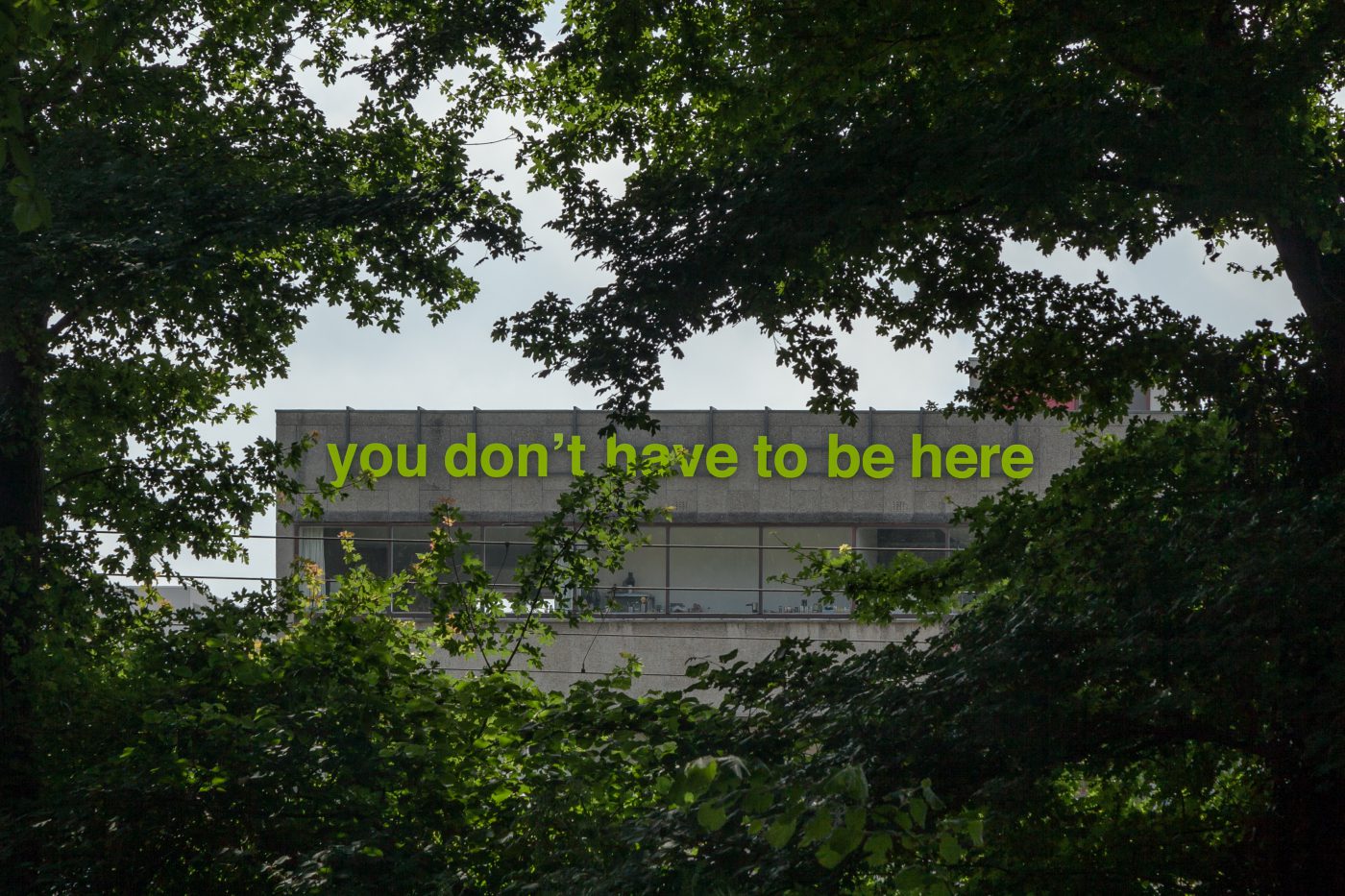
Artwork by Antonis Pittas, De Appel 2018. Photo by Konstantin Guz
This realization also makes me aware of the current position and physical location(s) of De Appel, with LELY as its headquarters, a place that hosts different artistic living- and working-groups. When I ask Niels van Tomme how he conceives the relation between the position of the institute and 2UNLIMITED, he says: “I very much see De Appel as a community always-in-the-making. Our move to Nieuw-West has allowed us to connect our internationally focused artistic programme to new local, oftentimes conflicting, realities. We’re currently part of a predominantly working class migrant neighborhood that is simultaneously also rapidly gentrifying with many new people coming in. LELY is only one of many communities we are currently connecting to. We developed new communication strategies and started talking differently to people. We want De Appel to be something, or someone, anyone can potentially have a conversation with. We are casual, yet serious and critical. We started producing exhibitions and other artistic projects for which we invite artists specifically to think, together with us, about our changed institutional context in the commissioning of new artistic work (a process we usually employ, but doesn’t entirely apply to 2 UNLIMITED), or in developing educational programmes in dialogue with artists, students and teachers. In that sense, we are able to extend and adapt what De Appel is and for whom it should be, beyond its devoted cult of art enthusiasts.”
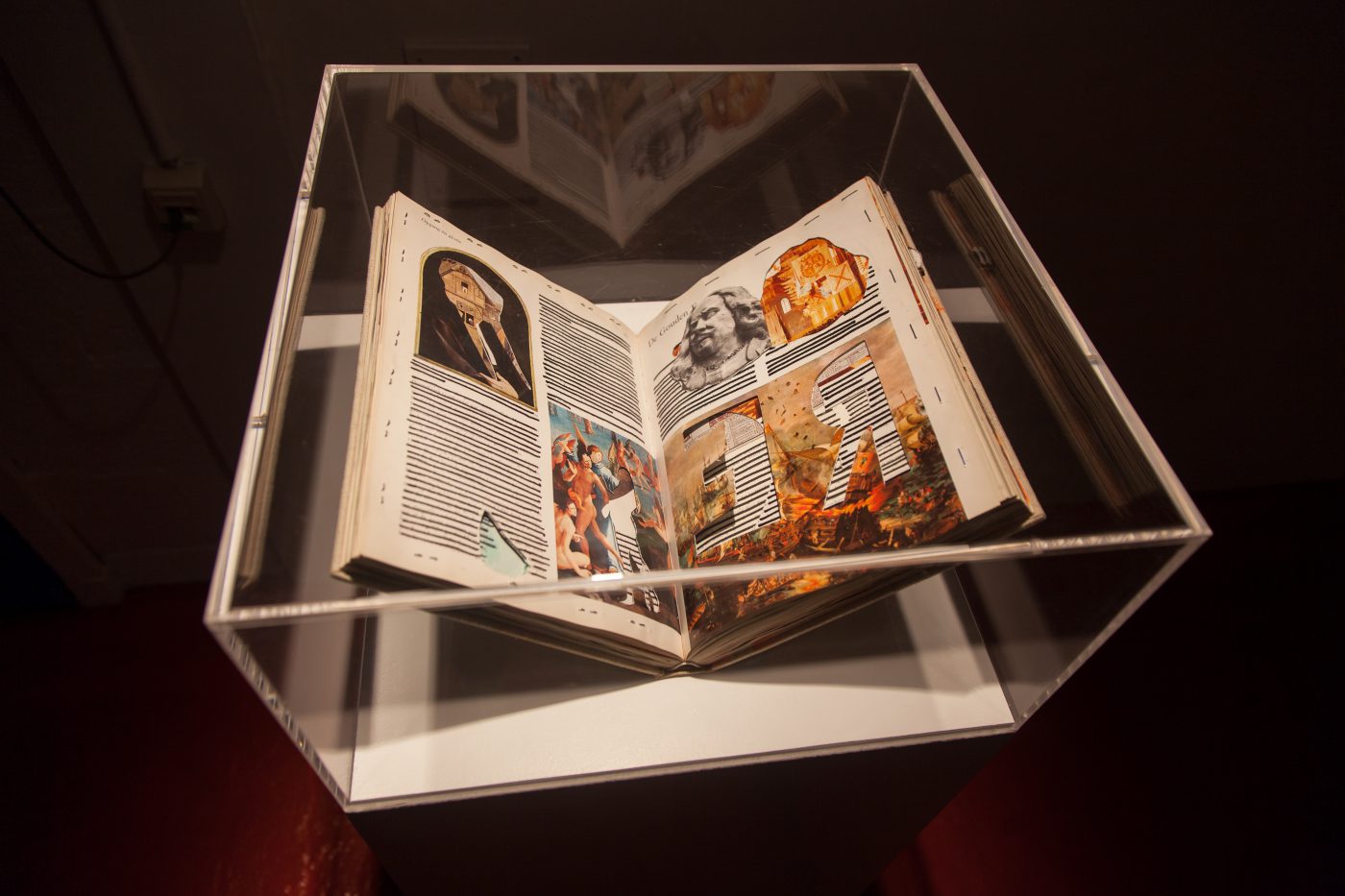
Patricia Kaersenhout, De Appel 2018. Photo by Konstantin Guz
Coming back now to my familiar faces in the beginning of this text, it can indeed be said that the opening of 2 UNLIMITED attracted people from different contexts or if you like, communities, that most probably wouldn’t have crossed paths in the old location of De Appel. In that sense, De Appel is practicing what it preaches: communicating with and bringing together different artistic groups, while not forcing any relations upon them, but instead taking a snapshot of a certain moment in space and time. Resisting the single storyline, 2 UNLIMITED maps complex relationalities between artistic communities in Amsterdam. I am definitely forced to look further than obvious marks of themed connection between works and talks, but who doesn’t like to be challenged once in a while?
2 UNLIMITED, De Appel, LELY, Amsterdam, until 18.08.2018, with works by Cecilia Bengtsson, Em’kal Eyongakpa, Amelia Groom, Zhana Ivanova, Ja Ja Ja Nee Nee Nee, Remy Jungerman, Patricia Kaersenhout, Aimée Zito Lema, Antonis Pittas and Werker Collectiv
Liza Prins
is kunstenaar